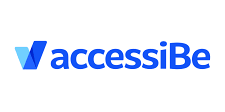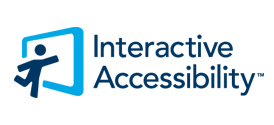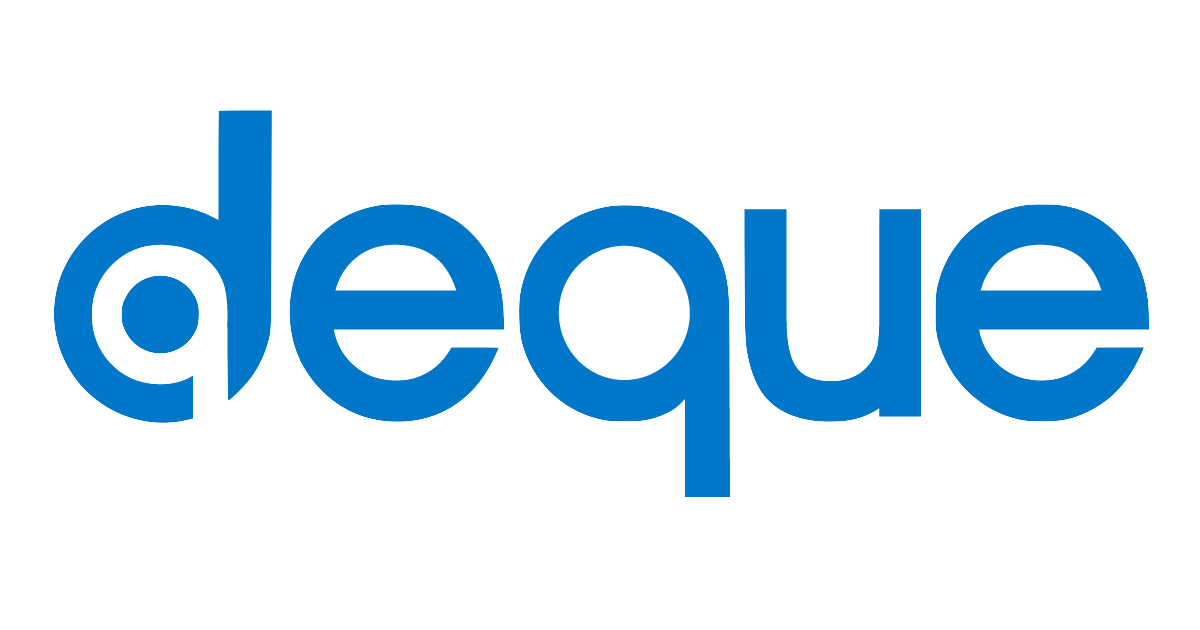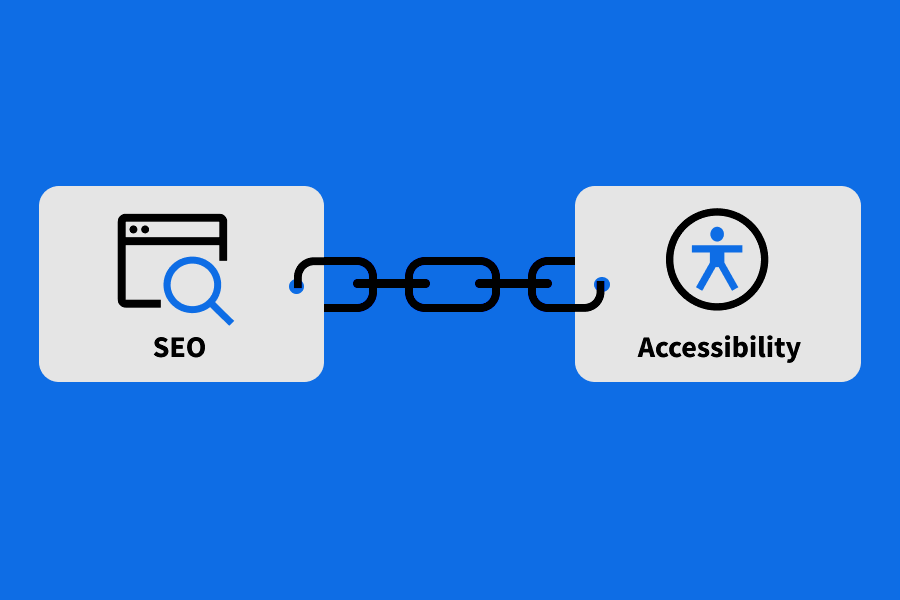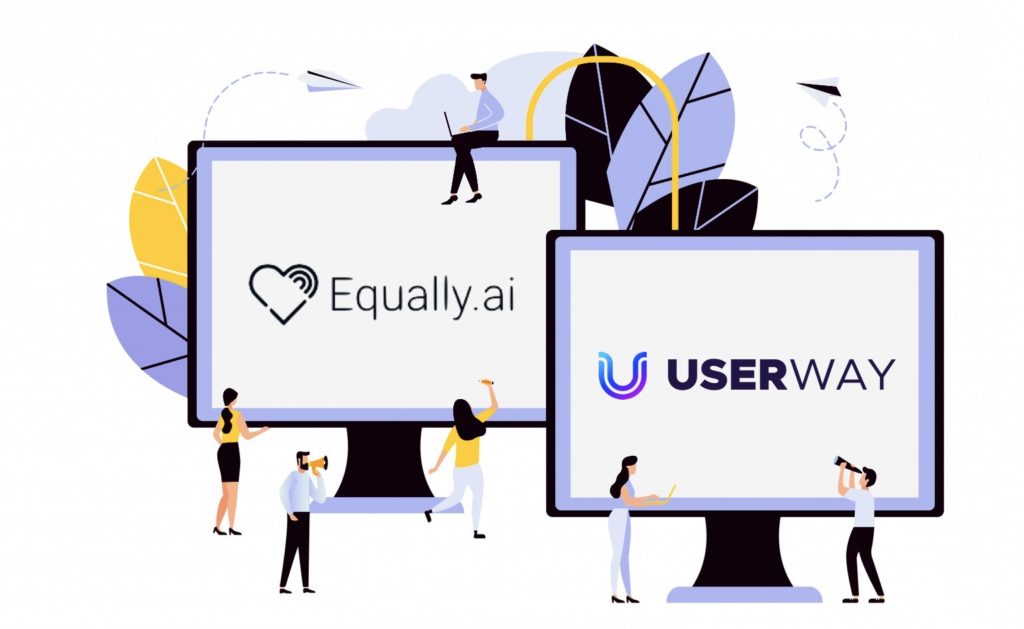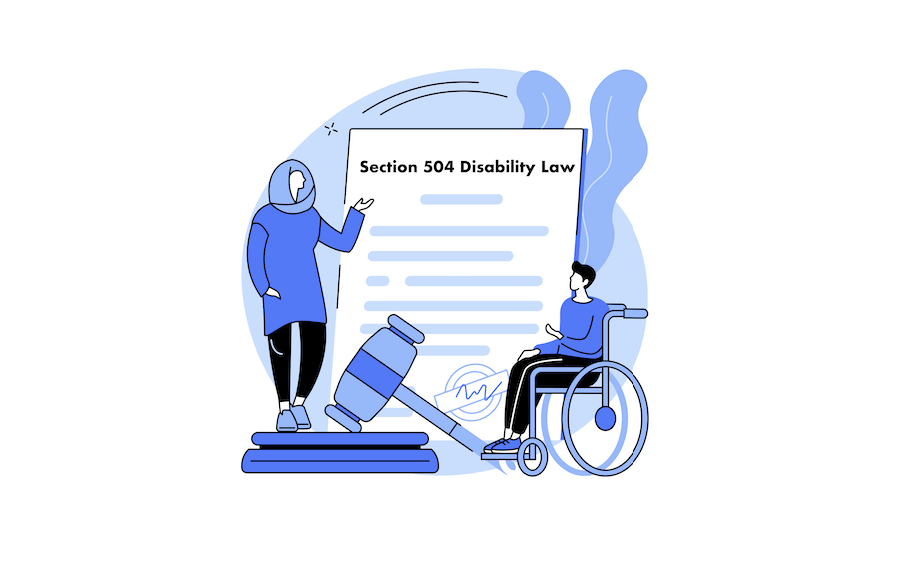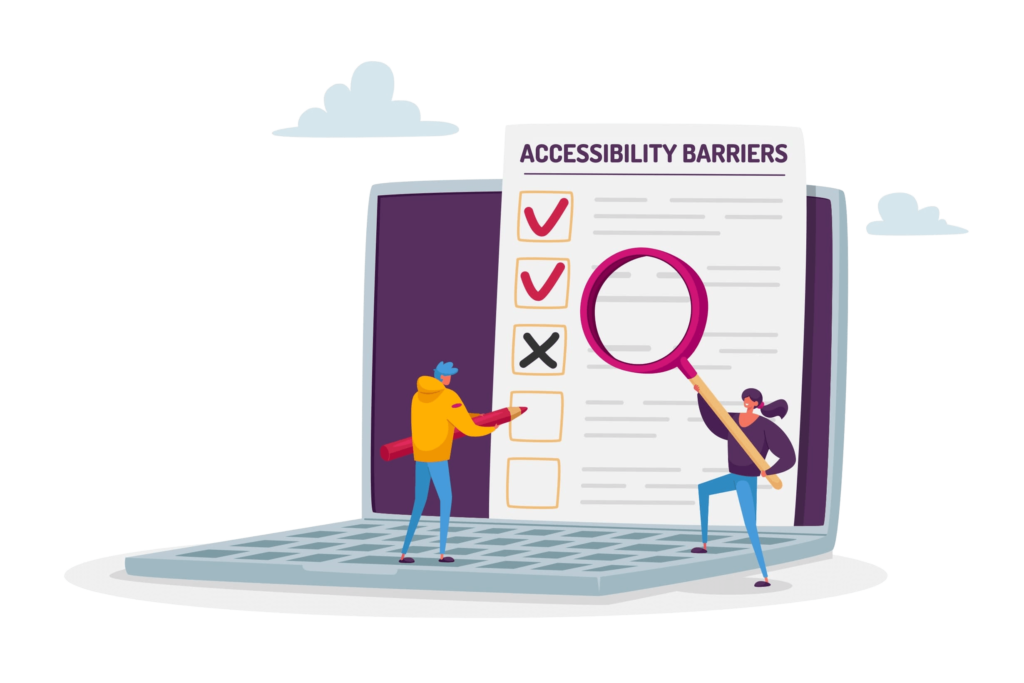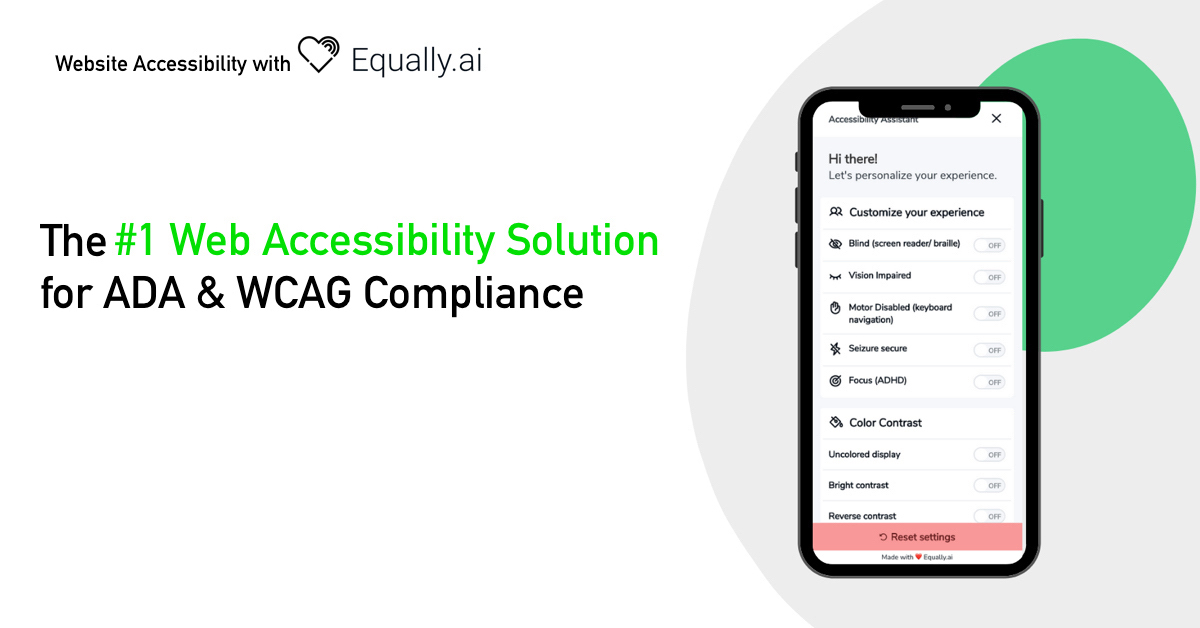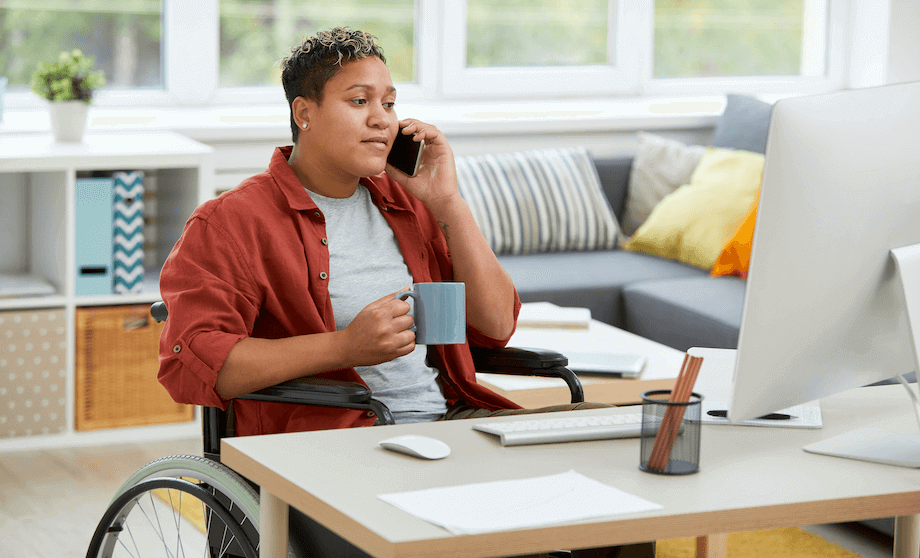
Working from home was the most requested accommodation for people with disabilities in the workplace before the pandemic. But it seemed impossible. As a result, disabled employees had to battle with discrimination, negative attitudes, bullying, and a poor understanding of disability due to their respective conditions. People with disabilities of some kind account for 15% of the world’s population. According to World Health Organization, they also represent the largest minority group. Unfortunately, working from home during COVID-19 has been reportedly tough for people living with a disability because of inequality crises.
However, the ravaging effects of Covid-19 led to a paradigm shift in workplaces, compelling employers to improve inclusion in their various strategies. Amidst the brutal economic downtown, businesses have been moved online, and hence, there has been a rise in remote work and online recruitment. It now appears that barriers to website accessibility can easily be eliminated.
New Progress For Employees Working From Home
Consequently, people with disabilities now have more network opportunities, participate in training, gain skills and knowledge from homeworking during COVID-19. Besides, employees who don’t have disability issues can also work very well from home. This situation has present new progress for most employees and firms to inculcate inclusion into future workplace strategies.
Because of these new opportunities for home working employees, disabled people have reportedly been more productive. Also, they took fewer days off sick than when they were going to the office. Based on the 4,000 survey responses from disabled workers across the UK in mid-2020, it was found by Unison National that:
- Up to 50% stats on homeworking during the COVID-19 crises, a considerable difference in the initially estimated 5% who usually do this.
- 37% believed it is unlikely that their employers would allow home working. However, 54% felt homeworking during COVID-19 is of assistance to them. Such that, they’ll prefer it being retained for use in the future.
- Up to 73% of disabled workers felt more productive working from home during COVID-19 than their physical workplace before lockdown.
The ability to easier toilet access, avoid long commutes to work, take short breaks at convenience to manage issues regarding their health, and work remotely is still crucial to sustaining the health of these people.
All It Takes Was A Pandemic
Homeworking during COVID-19 has exposed people with disabilities to varying opportunities online. Thanks to the pandemic. Unlike before, some of these users have expressed dissatisfaction when denied physical accommodations. Hence, there have been positive reactions as disabled people prefer home working to continue after lockdown.
This is because the pandemic has shown no reason for employers to reject disabled workers if they want to work from home during COVID-19. Thus, it is expected that these people should be given the right to demand reasonable changes to foster necessary inclusion to make them comfortable working online.
For someone like Meenakshi Das, who is a shutter, the ability to use the chat feature in online meetings to ease the sharing of thoughts has made home working a great experience for her;
“Before COVID-19, homeworking employees were not popular, and people with disabilities had to try hard to get these accommodations. However, now that everyone needs that accommodation, it is considered all right and doable. It took a pandemic for people to realize (this), and I hope it stays that way.”
When asked about making events accessible virtually even after COVID-19, Das gave the following vital responses;
- The mode of events delivery should be hybrid. This will leave disabled people with many options. And as such, they can choose to join virtually as they have been during COVID-19.
- Don’t go for an inaccessible in-person venue because an accessible virtual option has been offered.
- Offer a variety of ways for participants’ engagements through speech or chat.
- Provide accessibility features –automatic captioning, at least.
Home Working Tools For Online Accommodation
For people with disabilities, a shift to remote work is a great relief. It has equally open doors with increased usage of communication tools and technologies. While the design and functioning of these technologies still hinder disabled workers in some ways, the following home working tools have proven to be effective for online accommodation and remote work during the COVID-19 pandemic:
- Google Hangouts Meet: with live captions and screen reader features.
- Grammarly: a writing and editing app with a tone detector feature.
- Krisp: an app that removes background noise from calls. Beneficial for employees with hearing loss.
- Microsoft Teams: a team collaboration software with guidelines for people using screen readers
- Mural: a visual collaboration app that allows virtual whiteboarding sessions without using a mouse. The app distinguishes itself with keyboard accessibility.
- Slack: a chat software with keyboard accessibility shortcuts and screen-reader integration. It is used for remote communication among team members.
- Web Captioner: a captioning app that can recognize speech in over 40 dialects and languages. Works with basic earbuds, a microphone, or other audio input devices.
- Zoom: a video conferencing app with closed caption capability, keyboard accessibility, transcripts, and screen reader support. Zoom is WCAG 2.1AA and Section 508 compliant.
Remote Work Is A Relief But Still Not An Ideal Solution
The Americans with Disabilities Act has been passed three decades ago, prohibiting discrimination against individuals with disabilities in public accommodations across the country. However, the disability community is still clamoring for these accommodations even after filing their concerns to authorities.
While it is easy to assume the new average benefits persons with disabilities, research shows that some still have some issues. For example, in the law firm, the following problems are reported during the recruitment process:
- Applications being filtered out at the disclosure of a disability
- Request for reasonable adjustments for the accessibility during the online interview not passed
- Those who still turn up for physical interviews are faced with inaccessible buildings and accommodation, which affected their performance.
Besides, disabled job seekers encounter online tests or forms that are not compatible with screen-readers or dyslexia-friendly. Besides, people with hearing or sight impairments have different ways of engaging with technology. Remote platforms may not recognize this, even the ones that are AI-powered.


